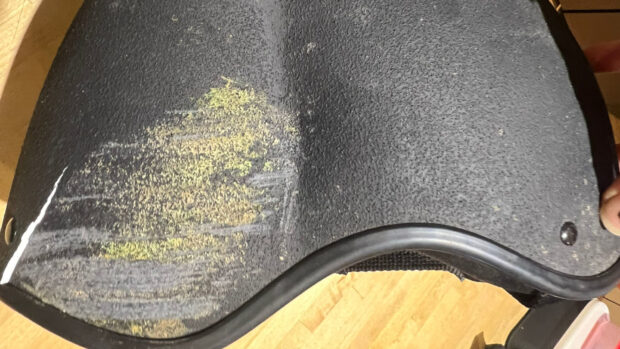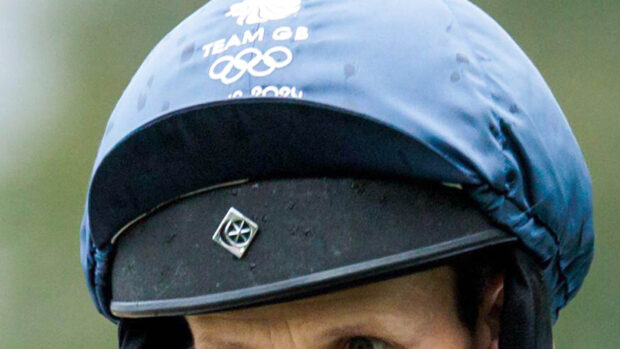A trial of a padded hurdle to help improve horse and jockey safety is being extended to Taunton racecourse.
The “One-Fit” padded hurdle will be used throughout the jumps season at the Somerset racecourse, which holds its first fixture today (Wednesday, 29 October).
The hurdle has a standard timber frame with a fitted “closed cell” foam padded frontage instead of the traditional birch.
The hurdles were trialled at Newton Abbot over the 2013 and 2014 summer jumps seasons.
Feedback from Newton Abbot racecourse’s vets and jockeys who rode there showed the hurdle helped reduce faller and injury rates for both horse and rider.
And thanks to this positive feedback the trial has been extended to Taunton, which has applied for funding from British Horseracing’s grant scheme to run it.
“We have been in close contact with the British Horseracing Authority (BHA) and Newton Abbot about the hurdles and have heard only good things about the positive effect they are having on faller rates and the safety record of hurdle races at the course,” said Bob Young, chief executive of Taunton racecourse.
Refinements have been made to the shape, angle and outer material of the hurdle throughout the trial after consultations with jockeys, Newton Abbot’s ground staff and Richard Linley, senior inspector of courses for BHA.
“We believe that in the long term the ‘One-Fit’ padded hurdle will prove to be a safer obstacle for the welfare of the horse and jockey,” added Pat Masterson, managing director of Newton Abbot.
Jamie Stier of the BHA said: “For the second year running the trial of the ‘One-Fit’ hurdle has produced faller and injury rates which are lower than the racecourse’s – and the national – average.
“Extending the trial to the winter season allows us to increase the data we have and validate this trend at a different racecourse and under different conditions,” he added.



